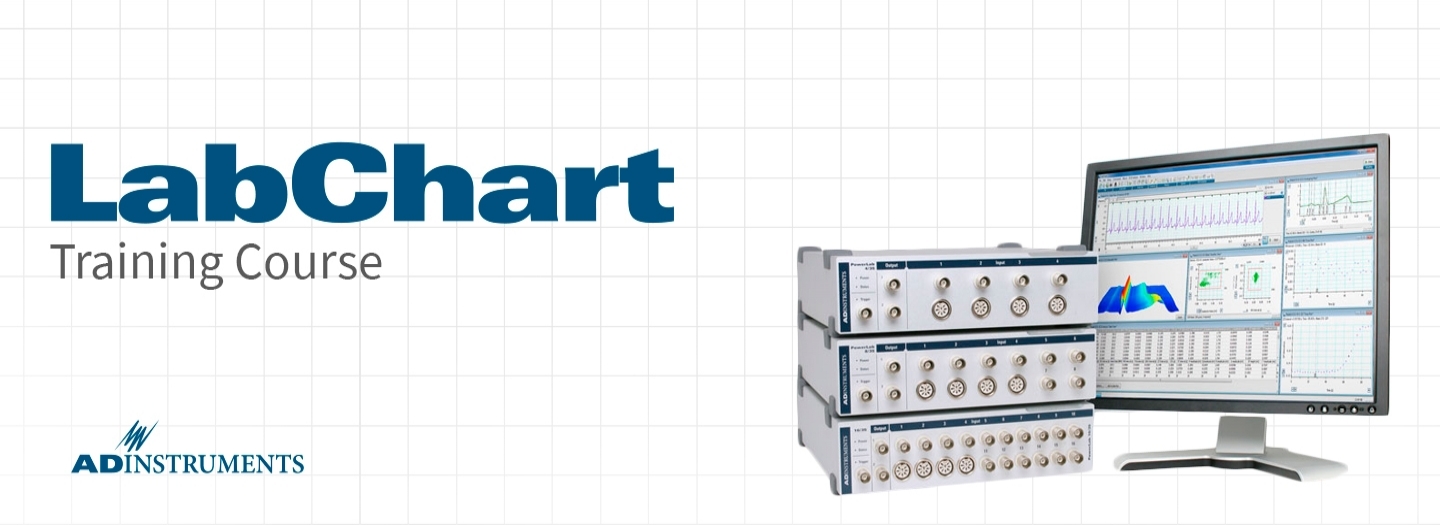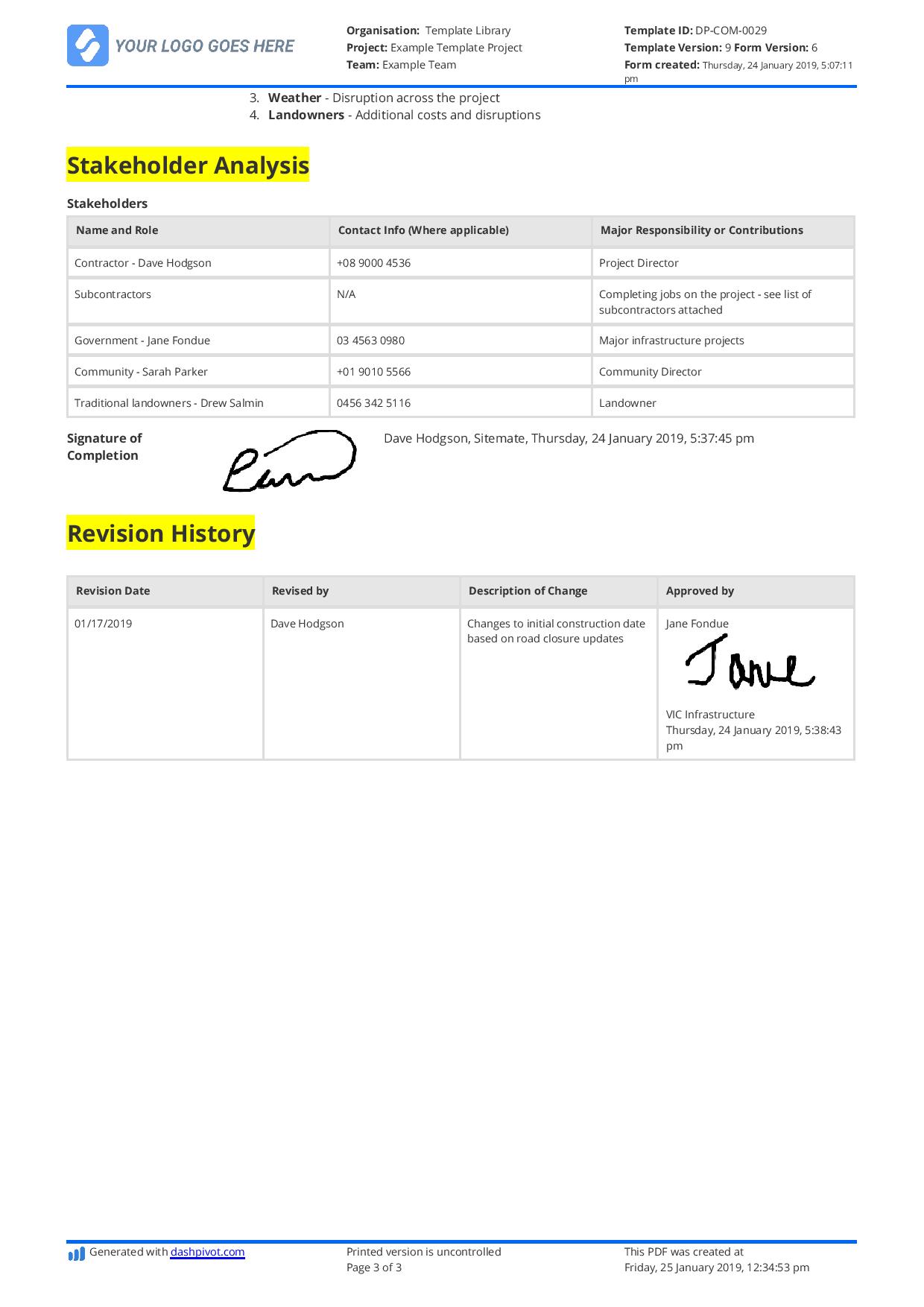

#LABCHART READER SMOOTHSEC PLUS#
Time spent (g) and entry frequency (h) of control and infected rats into the open arms of the Elevated Plus Maze (EPM) at D29. Mean velocity (c), grooming (d), rearing (e) and sniffing (f) times were only measured during the 12-hour dark period. The total distance moved (a) and time spent inside the shelter (b) were determined during a 12 h:12 h light-dark cycle. Control and infected rats were placed in PhenoTyper home cages at D27 for 24 h video recording. Statistical analyses: a Two-way ANOVA test followed by a Sidak post-hoc test b, t-test e, MannWhitney f, g and h, Spearman-test *p < 0.05.īehavior assessments of rats after infection with Blastocystis in a representative experiment. (g-h) Correlation between AUC of colonic sensitivity and relative abundance of Oscillospira (g) and Clostridium (h). (f) Correlation between AUC of colonic sensitivity and Firmicutes/Bacteroides ratio. (e) Ratio Firmicutes/Bacteroides in control (n = 6) and infected (n = 12) rats at D31. Red, taxa higher in controls Green, taxa higher in infected rats. (d) LEfSE (LDA Effect Size) was used to investigate bacterial taxa that drive differences between control and infected rats. Significance (p = 0.001) and the strength of explained variation (R² = 0.0962) were assessed with Adonis. (c) Principal coordinates analysis (PCoA) of the unweighted UniFrac distance of control (red plots) and infected (blue plots) rats at D31. (b) Area under the curve (AUC) of the observed OTUs for control and infected rats. (a) Alpha diversity was determined by observed Operational Taxonomic Unit (OTU) measurement according to sequences per sample in feces of control (n = 6) and infected (n = 12) rats at D31. Statistical analysis: a and b, MannWhitney test: c, d, e, f, g and h t-test Spearman-test *p < 0.05 **p < 0.01 ***p < 0.001 three independent experiments were performed.įecal microbiota variations associated with Blastocystis infection in rats in a representative experiment. Statistical analysis: Values were expressed as relative expression compared to GAPDH expression. (h) Correlation between serine protease activity and AUC of colonic response. (g) Serine protease activity (U/mg feces) in supernatants from feces of control (n = 6) and infected rats (n = 12) at D31. Colonic expression of ZO-1 (e) and occludin (f) in control (n = 6) and infected rats (n = 11) at D31. (d) FITC-Dextran 4 kDa concentration in serum of control (n = 6) and infected (n = 11) rats at D21. (c) Colonic expression of GATA-3 in control (n = 6) and infected rats (n = 11) at D31. Quantification of inflammatory mediators after infection with Blastocystis.(a,b) Quantification of Interleukin-6 (IL-6) (a) and Lipocalin-2 (b) in colonic tissues of control (n = 5) and infected rats (n = 11) at D31. Our findings suggest that experimental infection of rats with Blastocystis mimics IBS symptoms with the establishment of CHS related to microbiota and metabolic shifts. These changes included an increase in the relative abundance of Oscillospira and a decrease in Clostridium, which seem to be associated with lower levels of SCFAs in the feces from infected rats. Analysis of fecal microbiota composition showed an increase in bacterial richness associated with altered microbiota composition. Infection was also associated with anxiety- and depressive-like behaviors.

Feces were collected at different time points after infection to study microbiota composition by 16 S rRNA amplicon sequencing and for short-chain fatty acid (SFCA) analysis.īlastocystis-infected animals had non-inflammatory CHS with increased serine protease activity.

Colonic sensitivity was assessed by colorectal distension and animal behavior with an automatic behavior recognition system (PhenoTyper), the Elevated Plus Maze test and the Forced Swimming tests. Rats were orally infected with Blastocystis subtype 4 (ST4) cysts, isolated from human stool samples. Using a rat model, we investigated the possible association between Blastocystis infection, colonic hypersensitivity (CHS), behavioral disturbances and gut microbiota changes. Recent clinical studies reported a higher prevalence of the intestinal parasite Blastocystis in IBS patients. Infectious gastroenteritis is a risk factor for the development of post-infectious Irritable Bowel Syndrome (PI-IBS).


 0 kommentar(er)
0 kommentar(er)
